100% Starter Guide: B2B Marketing

B2B marketing is frequently viewed as the dull cousin of B2C marketing. But the opposite is true more than anything. Because you engage with a corporation or set of stakeholders and the process is more involved, business-to-business marketing presents a greater challenge. Actually, that's what makes it thrilling!
However, B2B marketers are having success in the online market, particularly after COVID-19 forced businesses to change course and adapt. The dynamic digital environment has given B2B brands additional opportunities to engage with consumers.
The worldwide B2B ecommerce sector is expected to reach about $19 billion in value by 2027, according to a survey by Astute Analytica, thus there are many options online. Focusing on digital experiences, the popularity of niche B2B online marketplaces, and the transition of retail companies to online operations are all factors contributing to this increase.
So how can you be successful in the B2B marketing industry? We'll provide you a B2B marketing 101 in this blog that examines definitions, trends, tactics, and strategies.
But What Is B2B Marketing?
The advertising of services or products to business purchasers is known as B2B or business-to-business marketing. Selling to corporations as opposed to individuals is the focus, therefore new marketing approaches and strategies are needed.
B2B marketing attempts to raise a product or service's visibility, generate leads, and close deals. Social media, SEO, content marketing, and many other digital marketing strategies utilised by B2C marketers can be leveraged to achieve this.
Influencer marketing has grown in importance in B2B marketing in recent years, and social selling is flourishing on websites like LinkedIn.
Starting a business is not for the faint-hearted. Entrepreneurship involves taking risks, making sacrifices, and stepping out of your comfort zone. The journey to success can be fraught with challenges, and fear can often stand in the way of achieving your dreams. But with determination, perseverance, and the right mindset, anyone can take the leap and become a successful entrepreneur.
Learn To Embrace Fear

What Types Of B2B Markets Should I Know About?
Based on the sort of business involved and what each offers, there are four different types of B2B markets. These consist of:
-
Producers - These are businesses like a restaurant, bakery, or tech solution provider that use your resources to create something. Proctor and Gamble or McDonald's are two examples.
-
Resellers - This category of B2B business resells your product or service because it was originally developed by a third-party supplier. Retailers and distributors like Walgreens or Target are examples.
-
Government - This category covers global government organisations that purchase and utilise products. This category could include any local, regional, or national government organisation, such as Gov.uk.
-
Institutions - This category comprises educational institutions, colleges, hospitals, and nonprofit organisations.
But Wait…Isn’t This B2C?
Business-to-consumer marketing, or B2C marketing, is focused on selling to specific customers, as the name suggests. As its objective is to persuade a customer to make a purchase on a website, network, or app, B2C marketing is viewed as being more transactional.
B2B Or B2C?
B2B marketing frequently focuses on rational purchasing decisions, whereas B2C marketing emphasises emotional purchasing decisions. Although the two types sometimes overlap, there is a big distinction between them. Here, let us elaborate:
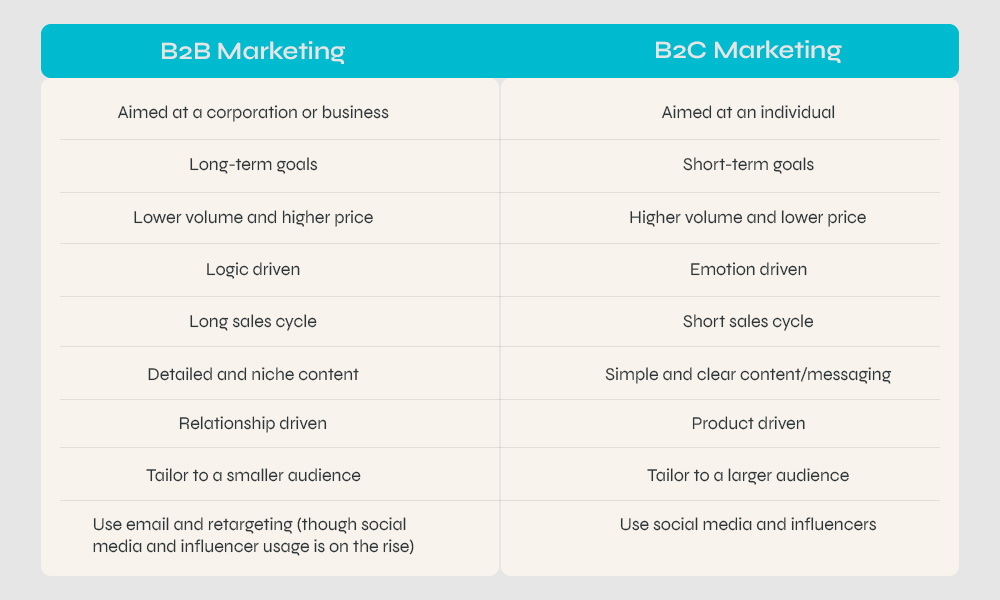
B2B Trends?
After the Covid-19 pandemic, when everything and everyone was forced to shift online, B2B marketing is undergoing rapid transformation and is readjusting to its new normal. What trends should you be on the lookout for in 2022 and beyond?
• Influencer Marketing
Well, if you’ve seen any of our Shopcada videos (yes, we do videos of our own. We are diversifying our content now), then this one won’t come as any surprise to you.
While influencer marketing is popular among B2C firms, B2B brands have been slower to adopt the tactic. Additionally, B2B sales might involve several stakeholders, making it a more complicated process. As a result, you need to identify an influencer or influencers who can attract the attention of people in various roles.
But the use of B2B influencer marketing is expanding. B2B influencer marketing has the potential to produce $11.7 billion in income by the end of 2022, according to the "Growth Opportunities for Global B2B Influencer Marketing" report, which revealed that more than 38% of B2B organisations are actively investigating it as a new lead-generation route.
The key for B2B marketers is to identify influential people in a certain field who have authority. Finding a new superstar or industry leader is more important than finding a fresh new face. Consider writers, bloggers, academics, or well-known podcast hosts and guests.
• Focusing On ROI
Digital Marketing Institute’s survey on the state of marketing in 2022 found that ROI is indeed a big challenge for B2B and B2C businesses.
The hardest parts, in the words of one vice president of marketing in the financial services industry, are "understanding the client journey and measuring marketing performance at early stages for extended stage B2B sales cycles."
While some measures, like social media ROI, are simple to monitor, it can be challenging to gauge performance over the whole B2B cycle, from engagement to sale. The secret is to choose KPIs that you can monitor and connect to a specific action, such a download or conversion on a landing page, to calculate the lead conversion rate.
• Digitisation Of Sales
By 2025, 80% of B2B sales contacts will be digital, and the majority of B2B firms will utilise data-driven selling, according to Gartner's Future of Sales report. For B2B businesses that formerly relied on in-person sales and conventional marketing strategies like conventions and events, it represents a significant advancement.
Streamlining sales processes such that analytics and data are integrated into the process is at the core of this. Instead of depending on business cards or brochures to generate leads and sales, online channels will be used for customer service and communication.
This will open up prospects for adopting cutting-edge technology like machine learning and AI, as well as contribute to the global trend of personalisation.
• Social Media
B2B firms are increasingly adopting social media, and not just on well-established platforms like Facebook and LinkedIn. To attract the attention of a young audience, certain well-known businesses are making waves on the widely used platform TikTok (more on that below!).
B2B product firms will devote 14.7% of their marketing budget to social media by 2023, according to Deloitte's 2021 CMO survey. And in the following five years, that is predicted to rise by 10 points.
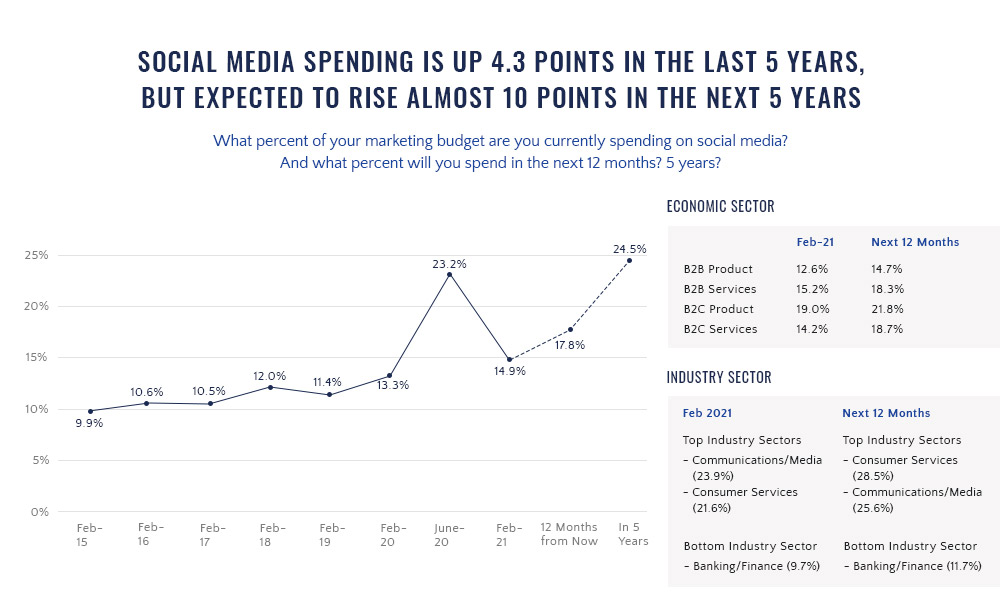
This development highlights the potential of social media for B2B goods and services. But in order to engage and convert, it's important to pick the appropriate channels and use a variety of organic and paid content, such as video, blogs, and downloadable assets.
• Omnichannel Marketing
Of course, we can’t talk about trends without touching on something we hold close to our hearts here at Shopcada - Omnichannel marketing.
Due to the lengthy sales cycle, B2B companies must engage their consumers through a variety of channels. The B2B industry can utilise a multi-pronged strategy with omnichannel marketing that not only offers a variety of channels but also improves the customer journey and experience.
Understanding the distinction between multichannel and omnichannel marketing is crucial. The image below, created by Dave Chaffey, illustrates the various methods and platforms a company can employ to connect with clients at different points of the buying cycle. It highlights how difficult omnichannel journeys can be, yet how successful they can be in increasing engagement, revenue, and sales.
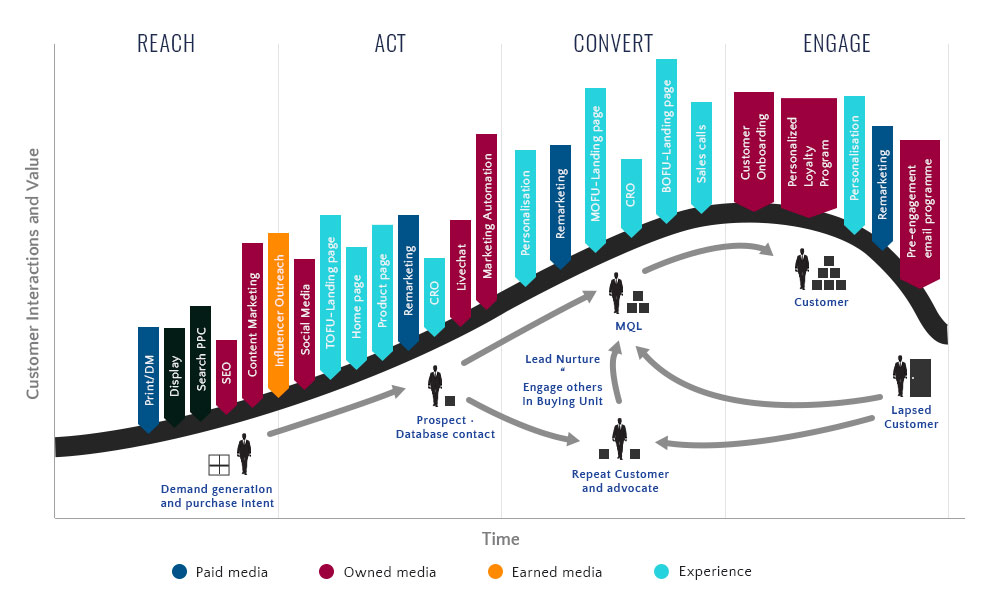
What About Content Marketing But For B2B?
First off, we were beginning to think you’d never ask.
B2B marketing and social selling both heavily rely on content marketing. Engaging customers and guiding them through the sales funnel are beneficial. 83 percent of B2B content marketers utilise social media advertisements and promoted posts, up from 60 percent the year before, according to the "11th Annual B2B Content Marketing Benchmarks, Budgets, and Trends" survey.
Knowing the styles and sorts that are effective for your audience and at times is crucial when it comes to content marketing. A blog, for instance, can be quite effective in generating visitors to a website or landing page during the awareness stage. A gated original report or ebook can push a prospect over the over at the decision-making stage.
Videos, especially live webinars where viewers may ask questions and discuss cutting-edge or popular subjects, can be quite effective for B2B marketing. These can also be disseminated on other social media platforms, especially YouTube, to educate and engage users.
The following B2B content formats are what we’ve found to be rather effective at increasing traffic and conversions:
~Videos
~Infographics
~Blogs
~Research reports or whitepapers
~Ebooks
~Podcasts
~Webinars
~Case studies and testimonials
~Newsletters
~Presentations
~Interviews
How About Email Marketing?
Email marketing is another component of content marketing that works well for B2B companies. According to the Content Marketing Institute, 87 percent of B2B marketers list email as one of their top free organic distribution methods.
Why then is it a success? The Direct Marketing Association showed that email's ROI was £38.33 for every £1 invested when it was designed to be relevant to a specific audience and included customisation to a targeted list.
B2B marketers can use email to connect with a new lead, provide subscribers with current and pertinent information, and re-engage lapsed clients with an offer or special promotion. Through newsletters, it's also wonderful for fostering community engagement. This can assist in finding customers who would be willing to contribute their experiences or features to a case study to help others learn about your B2B product or service.
Packhelp, a provider of custom packaging, provides a fantastic illustration of B2B email marketing. It efficiently appeals to several personas by combining eye-catching images with brief text in each block. It also has obvious CTAs to encourage click-through.
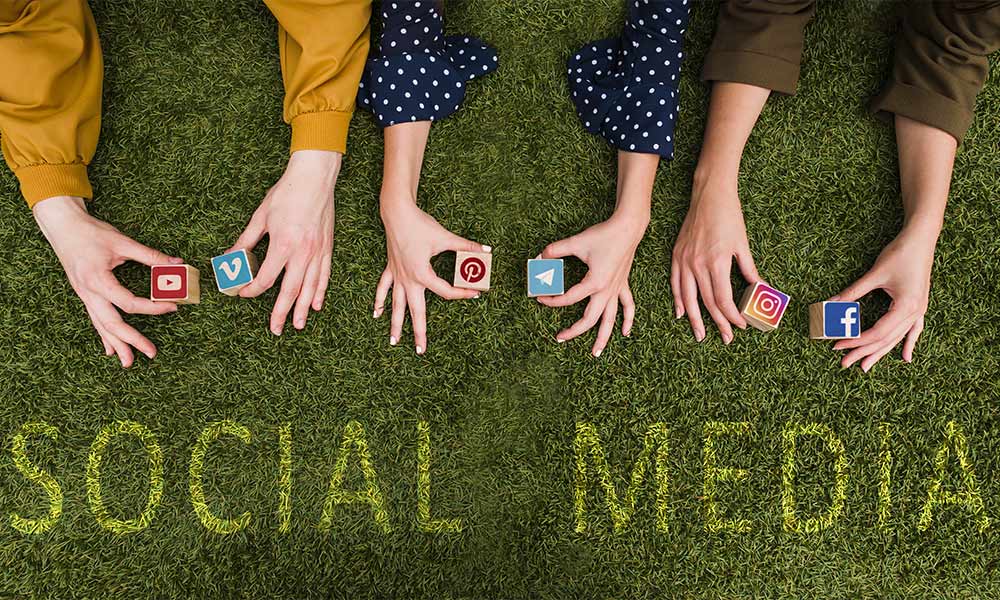
Social Media For B2B?
Well, we mentioned it in our trend to look out for earlier, so why not dive a little deeper here into what this entails.
For B2B businesses, using social media, both paid and unpaid, to increase brand recognition, foster customer loyalty, and spread knowledge is incredibly beneficial. Customers consider credibility when choosing a B2B company, and social media provides an excellent opportunity to do that.
According to the 12th Annual B2B Content Marketing Report, LinkedIn, Facebook, and YouTube continue to produce the highest returns for paid social postings, with B2B marketers increasing their spending by 45%.
The secret to success on social media is having a unique brand voice. It doesn't have to be somber or lifeless just because you are a B2B brand. The CRM business Zendesk is a wonderful illustration of this, as it makes use of comedy to increase engagement, as seen in this tweet.
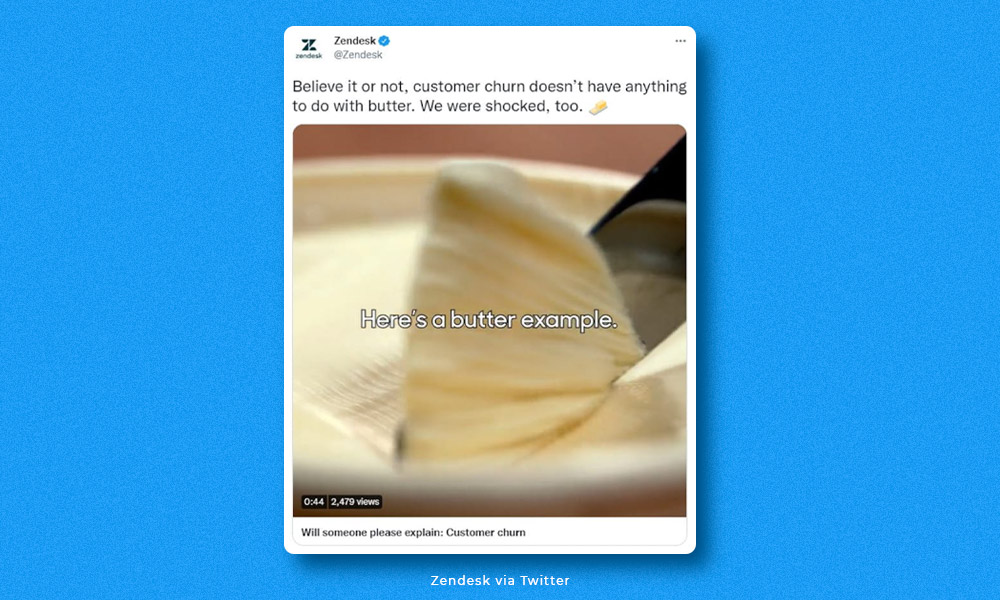
In order to swiftly address customers' questions or complaints, social media can also serve as an excellent customer care tool. B2B brands are increasingly using social media as an additional channel for outreach and improving the customer experience.
It could also be a means of interacting with your audience. Engagement can be increased and you can learn more about your audience on a channel by using polls or open-ended questions about a current issue. Due to its real-time nature, Twitter is especially effective for this.
Social media can be used by B2B companies to recruit new employees and advocate for existing ones. In order to convey what it's like to work there, many firms now provide a behind-the-scenes glimpse at their business or highlight a member of their staff. Consider the language learning software Duolingo as an illustration of a video that went viral due to the antics of its mascot, a huge green owl.
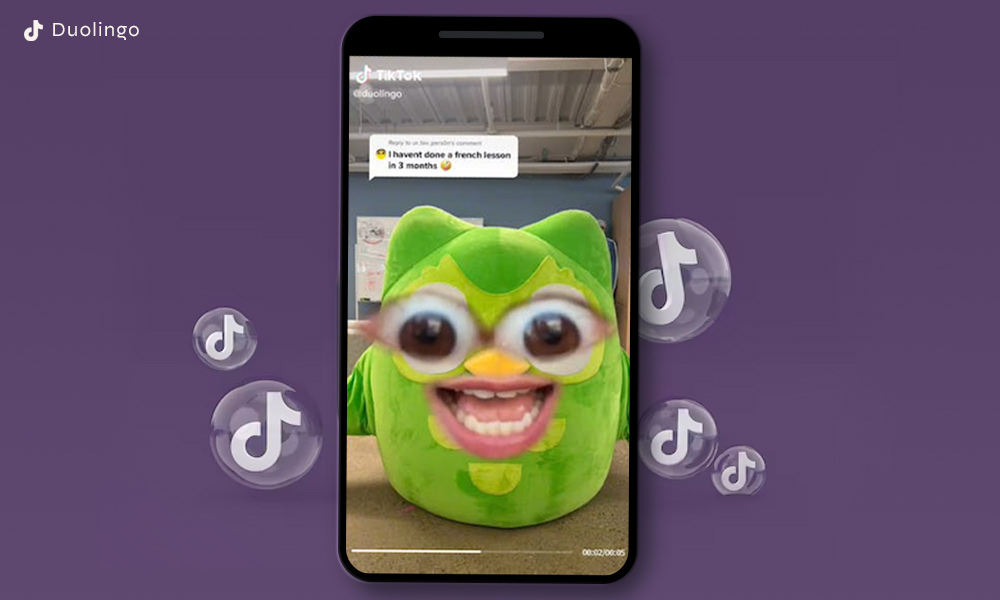
New options for companies to drive transactions on social platforms, which may work for repeat customers, are now presented by the growth of social commerce.
Some Marketing Strategies, Please?
You can engage clients through a variety of B2B marketing techniques. You can think about both paid and organic techniques, so examine which will work best for your business as not all of them will, depending on your industry and line of work.
1) Adopt an omnichannel strategy - Combine your offline and online marketing efforts to monitor progress and assess results.
2) Use social media - Social media marketing is effective in raising brand awareness and providing a customer care channel for current clients. Personas can be targeted with custom audiences.
3) Establish a website or e-commerce site - This will serve as the online storefront for your company and should provide information about it, resources, a means for people to sign up for your newsletter if you have one, and contact information for your staff.
4) Provide self-service choices - According to McKinsey, over 70% of B2B buyers prefer remote human connections and digital self-service, so think about providing some of these options, such as webchat.
5) SEO & Content Marketing - Employ SEO and content marketing strategies to improve your online presence and traffic.
6) Focus on first-party data - Since third-party cookies are no longer used, your first-party data is now even more valuable. Build up your email marketing lists.
7) Employ PPC ads - Paid campaigns are an excellent approach to target a particular audience and make your business known.

Closing Words
As you can see, there is a lot of room for marketing as a B2B company because there are so many different channels and tactics available. To effectively sell to the appropriate people at the right time in the right places, it's important to comprehend your industry and target market.
Treating your B2B company the same way a B2C marketer would, and be willing to try new things. To compare messaging, attempt small-scale A/B testing. To engage users, try social media polls. Experiment with content kinds and brand voices.
More often than not, it takes only a minor change to make everything fall into place and put your B2B company on a new course for generating leads, brand awareness, and customer engagement.

